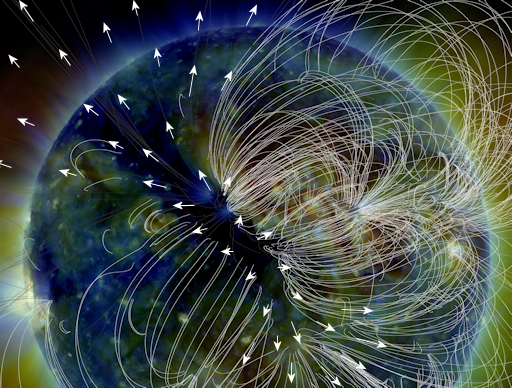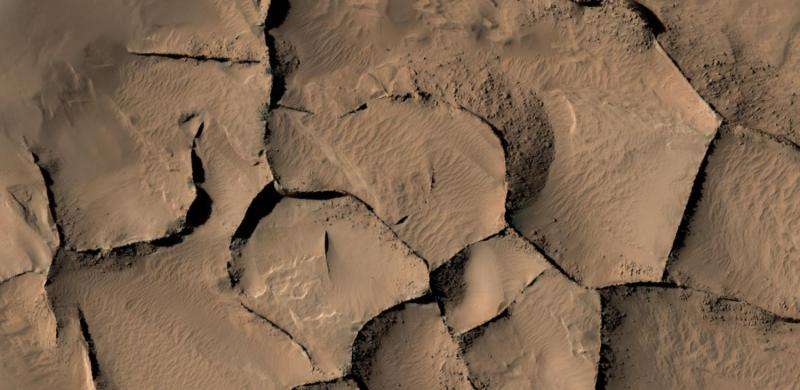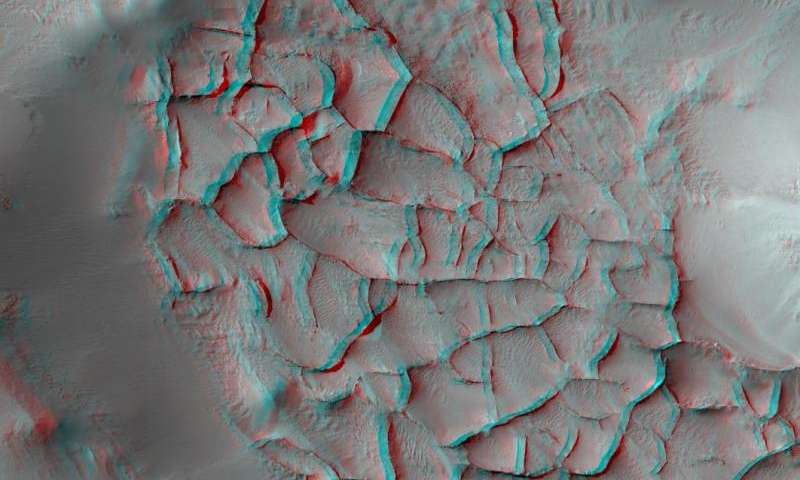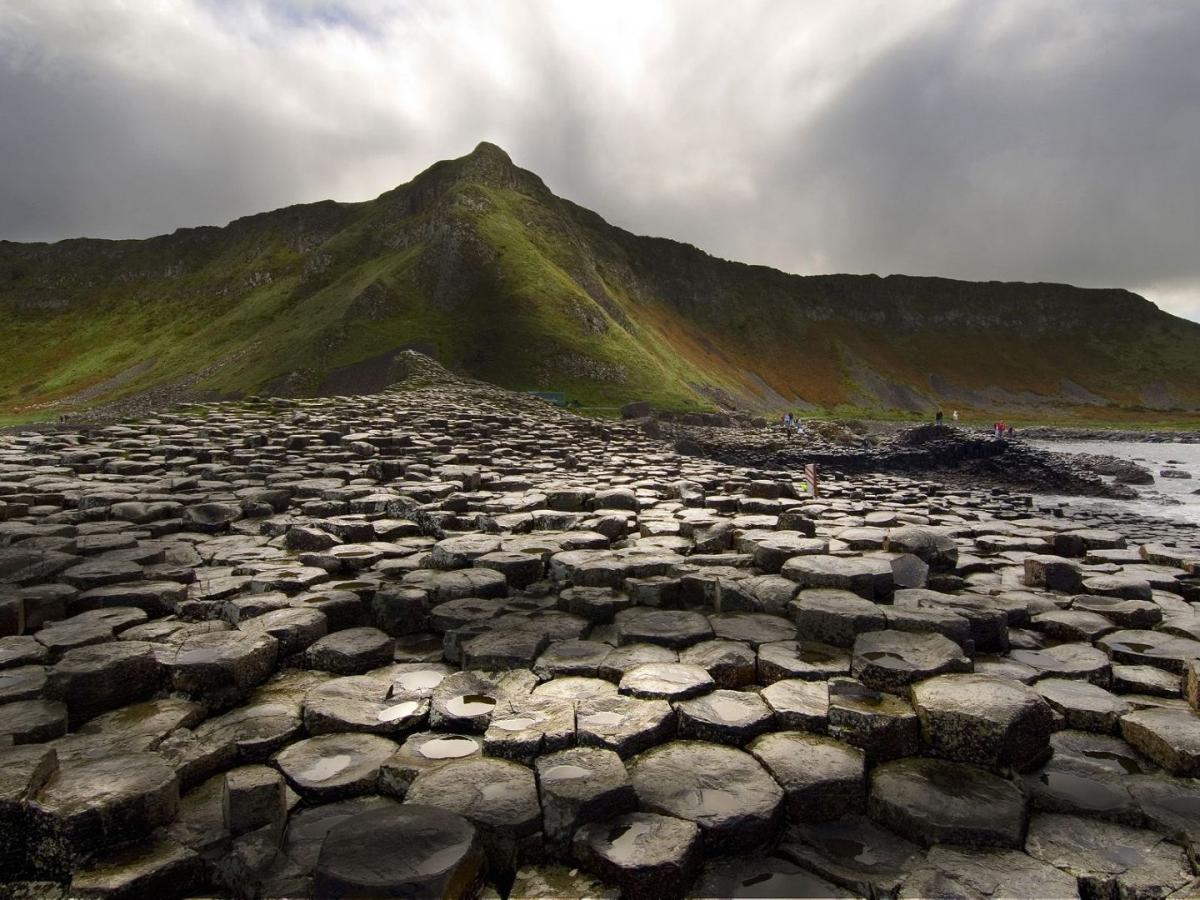At https://phys.org/print404637022.html … isotopic similarities in material that formed the earth and the moon. Where did it all come from and when did they arrive? In Nature (Jan 25th) we are told earth accreted from an isotopically homogenous reservoir. Soon after the earth formed 4.5 billion years ago, and as its core grew, that same core attracted metals (arriving from space). The material that makes up enstatite meteorites (also defined as chondritic) make up a great part of the earth. In addition, the moon is isotopically similar also.
At https://phys.org/print404650443.html … space weather model ….
 … a coronal hole forming on the sun. At the link you will see a CME event exploding from the sun and accelerating away into space. CMEs generate giant clouds of magnetic energy and plasma, we are told. How do they compare with the next story – a gas flare escaping from a white dwarf star? One is said to be composed of dust and the solar flare is composed of electrified gas.
… a coronal hole forming on the sun. At the link you will see a CME event exploding from the sun and accelerating away into space. CMEs generate giant clouds of magnetic energy and plasma, we are told. How do they compare with the next story – a gas flare escaping from a white dwarf star? One is said to be composed of dust and the solar flare is composed of electrified gas.
At https://phys.org/print404641081.html … an 'incredibly' rapid flare seen emanating from a white dwarf binary star system. Apparently, or so we are told, these stars threw up some of the dust in the form of a flare, that they had been feeding on. Is it dust from the accretion process, or electrified gas?
At https://phys.org/print404637105.html … has some nice images of polygonal formations on Mars. They resemble the giants causeway in some ways ….

 which is a mystery. These formations are polygonal in shape and form, somewhat like a quilt. However, in a bid to try and understand them more fully Citizen Science is being recruited. Laura Kerber of NASAs JPL centre wants the general public to join in the search for more polygonal structures on Mars. The idea is to improve understanding of them – see www.ridges.planetform.org … and if you are retired and housebound, not too good on your pins, for example, here is an opportunity to fill your time in front of your computer screen in your front room. Polygonal ridges also occur on earth – interpreted as lava that has been underground and then exposed by erosion.
which is a mystery. These formations are polygonal in shape and form, somewhat like a quilt. However, in a bid to try and understand them more fully Citizen Science is being recruited. Laura Kerber of NASAs JPL centre wants the general public to join in the search for more polygonal structures on Mars. The idea is to improve understanding of them – see www.ridges.planetform.org … and if you are retired and housebound, not too good on your pins, for example, here is an opportunity to fill your time in front of your computer screen in your front room. Polygonal ridges also occur on earth – interpreted as lava that has been underground and then exposed by erosion.
 … these are lava tubes that form the Giant's Causeway off the coast of Ulster. Different to the polygonal formations on Mars – so is there really anything similar on earth?
… these are lava tubes that form the Giant's Causeway off the coast of Ulster. Different to the polygonal formations on Mars – so is there really anything similar on earth?
